
The sound of brake squeal is like nails on a chalk board for vehicle owners and the garages tasked with eliminating the problem. When a customer returns to a garage complaining of brake noise after work has been carried out on their vehicle, it eats into the workshop’s profits and can damage customer satisfaction and the garage’s reputation.
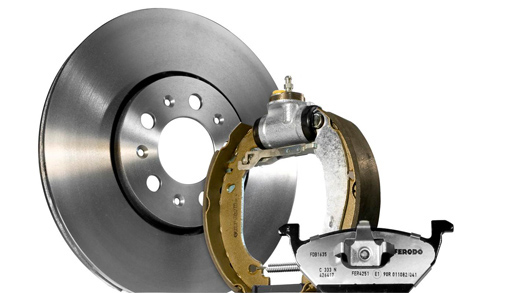
Brake noise typically originates from the vibration of a component anywhere between the tyre and its connection to the chassis. The vibration can come from items such as wheel bearings and ball joints and isn’t necessarily the brake pad itself, although they can often amplify the noise. Brake noise is often a warning signal for a more significant underlying issue and, on such a safety-critical aspect of the car, should be rectified immediately.
“Research carried out by Federal-Mogul showed that brake noise was the most common reason for a customer to visit a garage with brake complaints,” said Jonathan Allen, Federal-Mogul Marketing Manager EMEA. “We appreciate the scale of the problem that workshops face with brake noise issues.”
Identifying the issue
There are three main frequencies of vibration that create different types of brake noise, which can be used to identify the issue:
Low frequency vibration: judder
Low frequency vibration is a deep noise and is often described as judder. Common reasons for this kind of noise are poor fitment of the disc brake onto the hub, “runout”, excessive disc thickness variation or general disc damage.
Federal-Mogul recommends removal of the brake disc to check for damage, then, if defective, replacement with new OE-quality discs and pads. Discs and pads should always be replaced in pairs. When re-fitting the brake disc, thoroughly clean all surfaces of the brake assembly and then apply the appropriate lubricant to only those areas that require it.
Medium frequency vibration: squeal
Medium frequency vibrations are heard as brake squeal and commonly originate from vibrations in the caliper piston. However, there are a number of reasons why this kind of noise can occur. If the caliper piston or any sliding part of the caliper is sticking, it can cause noise. Also, incorrect pad fitting or a brake disc that is below its minimum thickness can cause this noise too.
Be sure to clean and lubricate all the components that move and slide on the caliper. Check the brake discs for damage and replace if necessary. It is important that the disc is completely flat and runs true with the hub when assembled and that the brake pads are fitted correctly. If the problem persists, the intensity of the vibration can be diminished by using a brake pad with noise reduction features, such as Ferodo’s Thermoquiet pads.
High frequency vibration: squeak
Brake squeaks are produced by high frequency vibrations, which are normally due to molecular vibration within the friction material during its application to the brake disc. This is normally an indication that the brake pads are due for replacement.
Changing the brake pads for OE-quality pads, such as Ferodo Premier, should stop the noise and ensure the problem doesn’t return in the near future. If the problem does persist, check that related parts such as the caliper and clips are the correct ones and are fitted correctly.
Braking system condition
Brake pads are one of the best indicators of the condition of a vehicle’s braking system. Just as tyre tread markings indicate incorrect inflation pressure or tracking errors, brake pad appearance can highlight possible issues with the braking system. If, for example, one or more brake pads within an axle set are excessively worn, this is an indication that the caliper guide pins or piston are sticking. The vehicle may pull to one side and experience squeal and judder while braking. The solution Ferodo advises is to replace the brake pads, check the brake discs and ensure that the caliper slides and pistons are properly maintained.
Technical tips
To help identify and solve common braking problems such as noise, loss of braking efficiency and brake-related vibrations, Federal-Mogul has developed a range of technical tips specifically for technicians. More information is available to download at www.myferodo.com, along with a whole wealth of information about braking products. There are vehicle specific installation guides available for popular models, designed to help technicians with common problems.
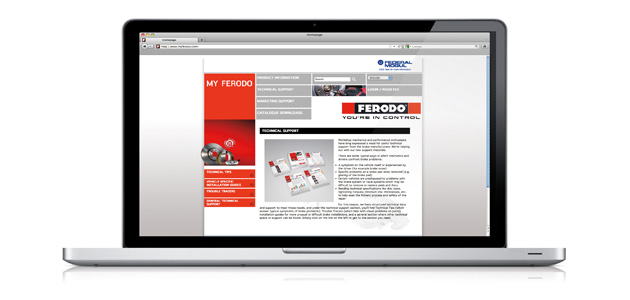
COMMOM BRAKE PAD PROBLEMS – A QUICK GUIDE
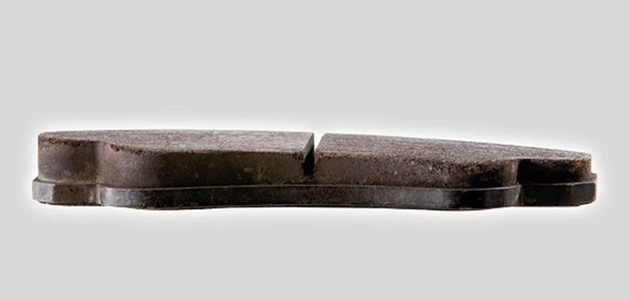 Tapered Pads
Tapered Pads
Appearance: Uneven wear, tapered pads
Cause: Distorted caliper, caliper slides sticking, excessive caliper clearance
Effect: Premature pad wear, uneven braking pressure, noise
Remedy: Replace pad set, maintain and service caliper
Note: Some vehicles use pads that are tapered by design. Refer to the specific vehicle application, and if the tapering is beyond the normal specification, replace the brake pad.
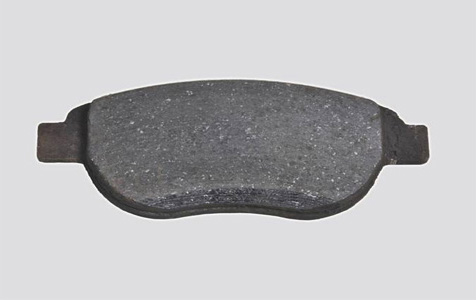 Uneven wear
Uneven wear
Appearance: Uneven wear on pad surface
Cause: Irregularly worn brake disc. A wear lip will be visible on the disc
Effect: Squeal and judder, premature pad wear
Remedy: Replace brake discs and pads.
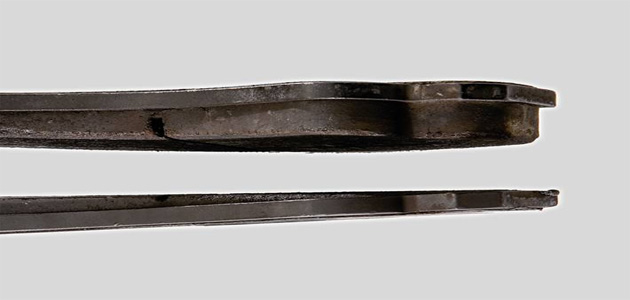 Uneven wear within axle
Uneven wear within axle
Appearance: One or more brake pad within the axle set will be excessively worn
Cause: Caliper guide pins/piston sticking
Effect: The vehicle pulls to one side while braking, uneven and rapid pad wear, squeal and judder
Remedy: Maintain all caliper slides and pistons, replace pads. Check discs.
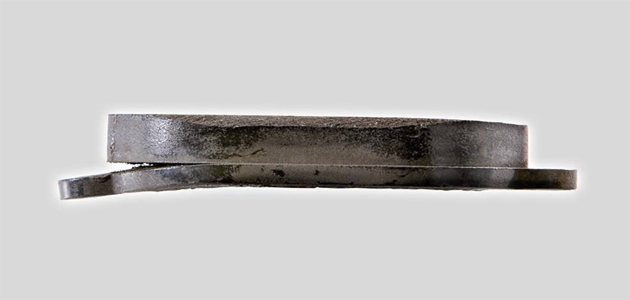 Damaged back plate
Damaged back plate
Appearance: Damaged back plate
Cause: Incorrect assembly, excessive force used during fitting
Effect: Braking inefficiency, irregular wear, noise and judder
Remedy: Replace full brake pad set.
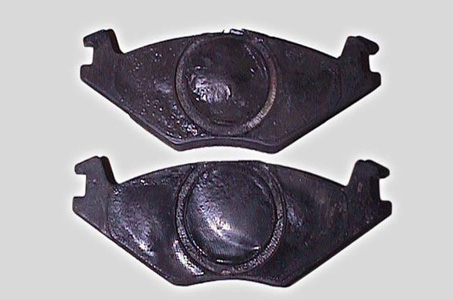 Piston damage
Piston damage
Appearance: Anti-noise features such as the rubbercoat or shim will be damaged by the piston
Cause: Piston not retracting fully, heavy brake use
Effect: Overheating, noise
Remedy: Replace brake pad set, maintain caliper.









